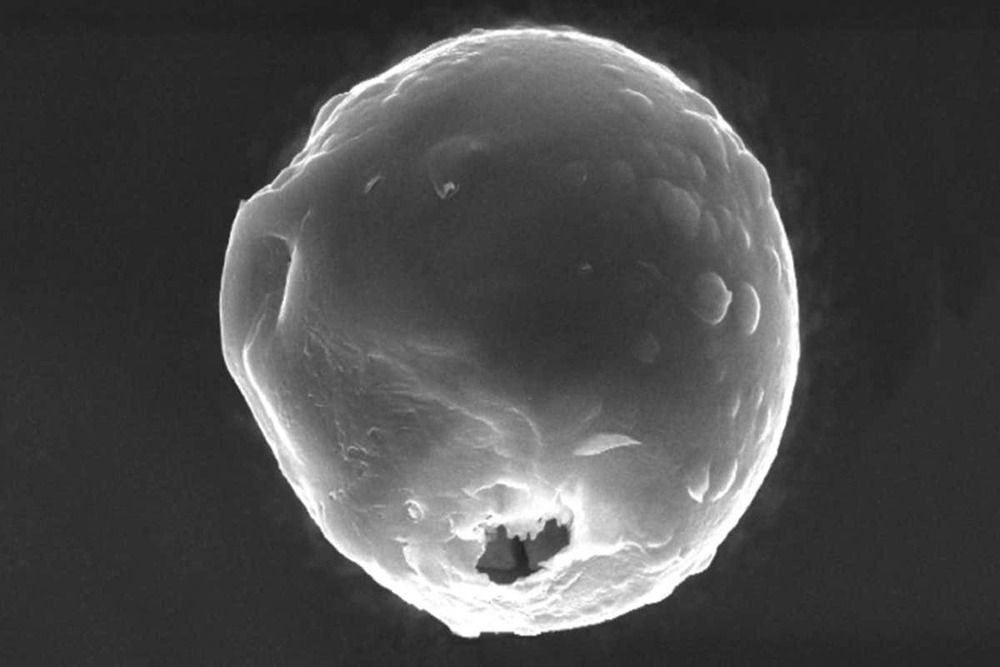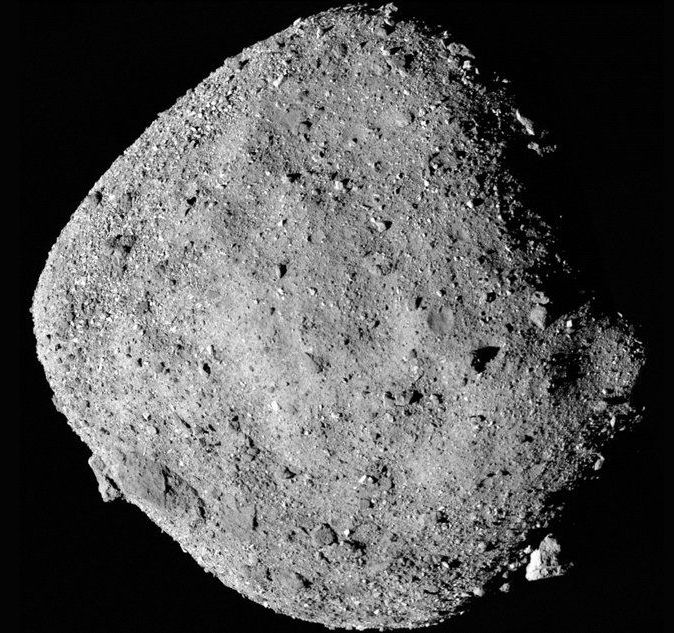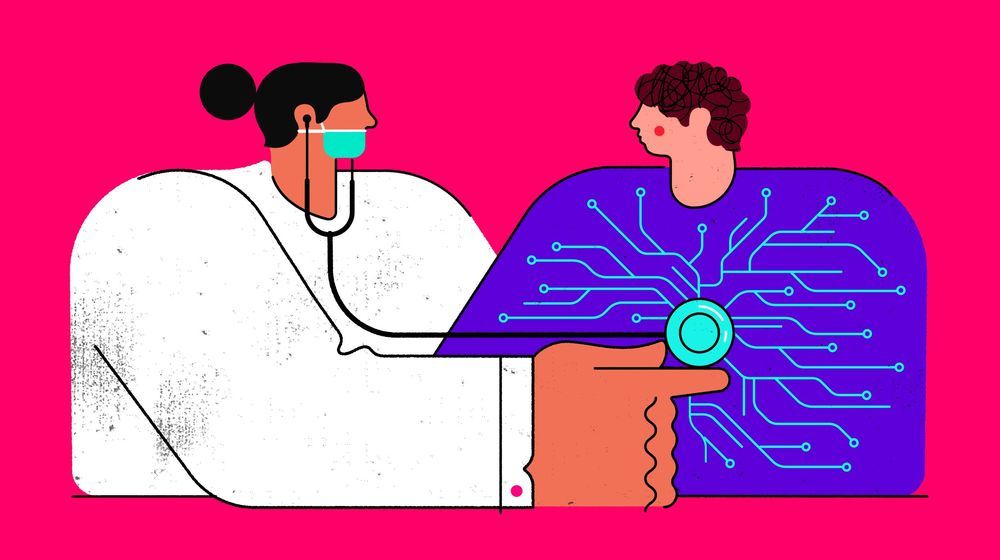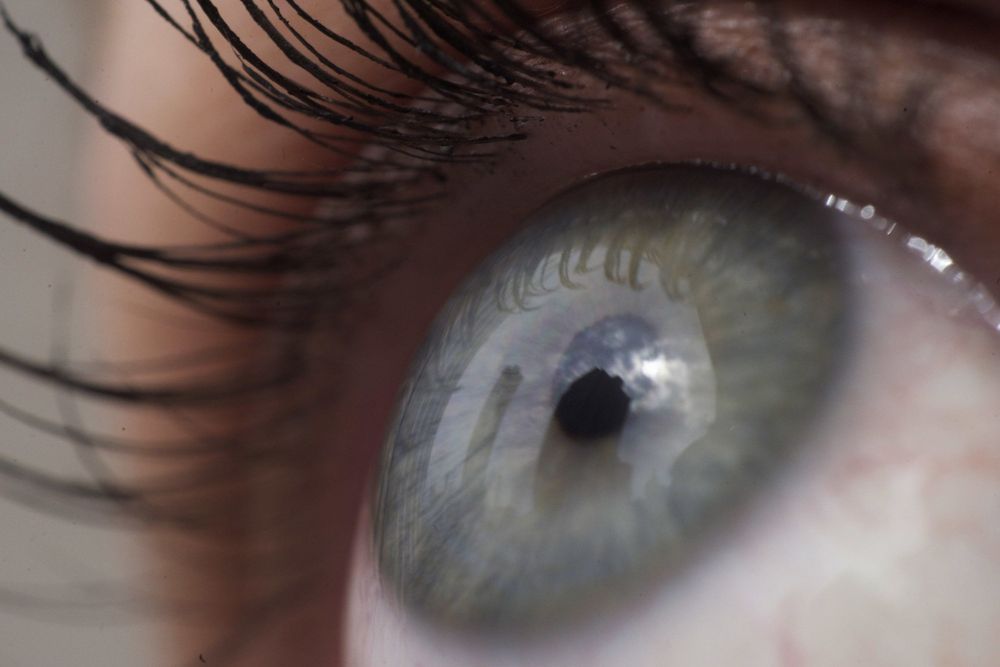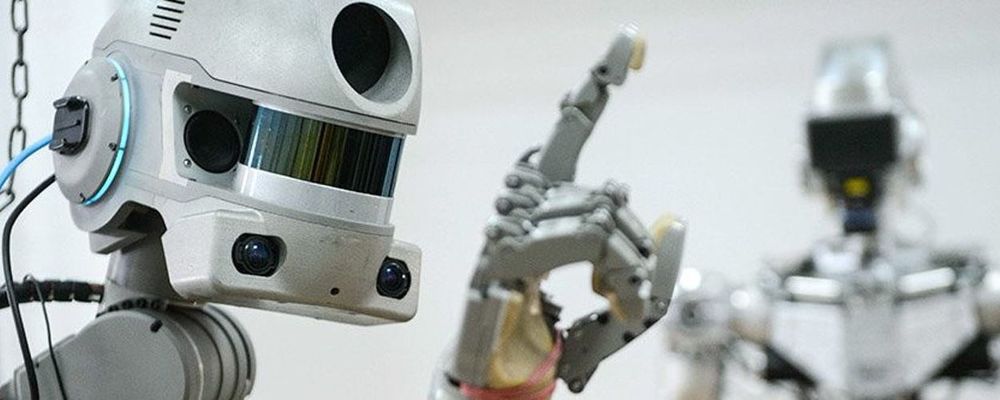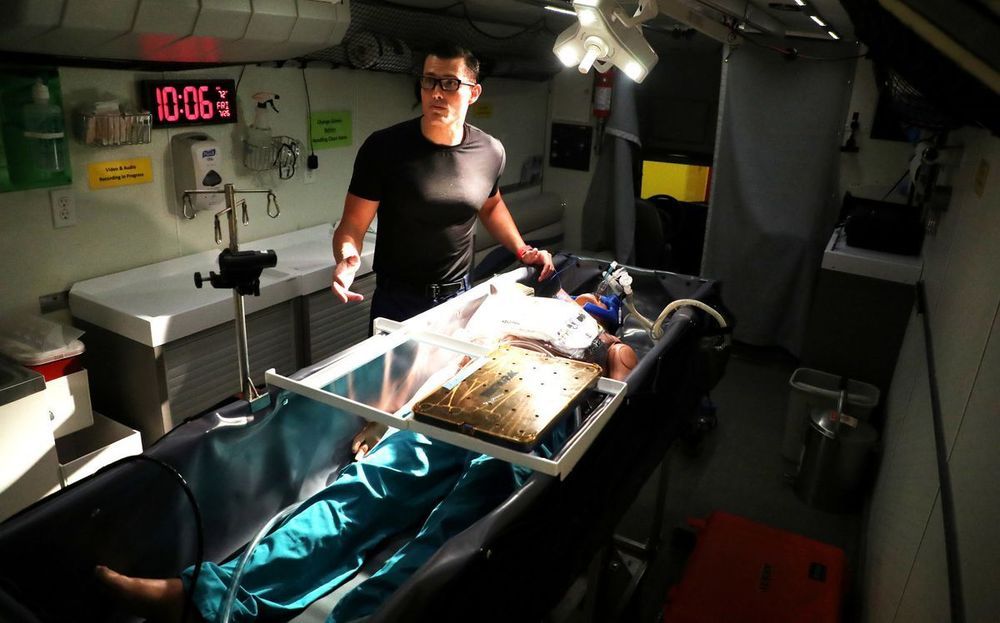By Chelsea Whyte
Tiny self-propelled capsules shed their outer shells and deliver drugs directly to tumour cells. These microrobots, demonstrated in mouse intestines, could one day be targeted treatments for cancers in hard-to-reach places in the body.
“When the capsule reaches the tumour, we can activate it, break the capsule, release the micromotors and they will move around the tumour area. That motion is very important for drug delivery,” says Wei Gao at the California Institute of Technology.
